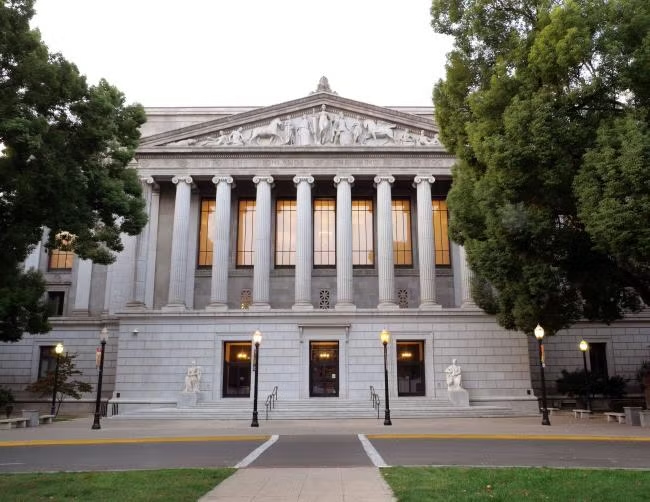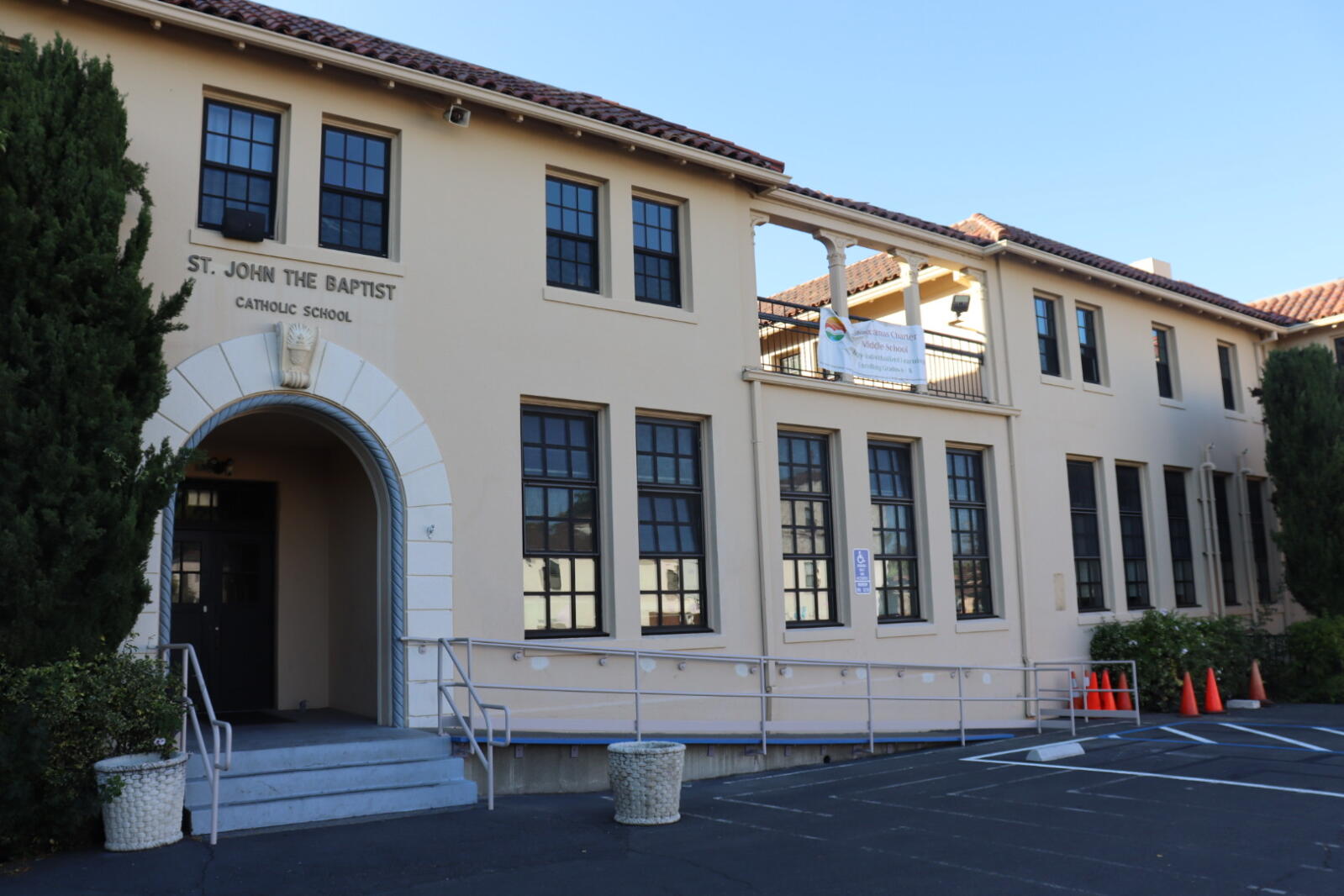As part of the fiscal year 2020-21 State budget, the Legislature has amended two key provisions of the Education Code as they relate to the development and disposition of school district surplus properties. The changes went into effect in June as part of Senate Bill No. 98 (Committee on Budget and Fiscal Review) (SB 98), enacted to implement the State budget. These provisions of SB 98 are aimed at helping school districts find local solutions to anticipated general fund shortfalls as a result of the fiscal crisis.
With respect to surplus property disposition, SB 98 relaxes California laws until July 1, 2024 to enable districts to use the net proceeds of a property sale or lease (with option to purchase) for one-time general fund expenditures. The amounts that may be used for one-time general fund expenditures are amounts in excess of reasonable transaction fees and the amount of any local bond proceeds or developer fee funds originally used to acquire or improve the surplus property. In connection with such sale or lease, the district must certify to the State Allocation Board (“SAB”) that sale of the property does not violate any local bond act and that the property is not suitable for projected school construction needs over the next ten years. Additionally, the SAB will proportionately reduce any hardship eligibility for which the district may have otherwise qualified. Finally, prior to disposition of the real property, the school board must approve an expenditure plan at a regularly scheduled board meeting. The plan must identify the sources and uses of the funds and describe why the expenditures will not create fiscal obligations for the district. Note that all other legal requirements pertaining to the disposition of surplus property remain intact and are not affected by SB 98.
SB 98 also relaxes procedural rules that pertain to “joint occupancy” property development options. Joint occupancy arrangements allow districts to enter into long term leases and agreements with private entities under which the private entity may construct buildings to be occupied jointly with the district. Prior to SB 98, such agreements were required to be approved by the State Board of Education. SB 98 removes this approval requirement, thus streamlining and shortening the process. As with the surplus property process, school districts must still observe the other formalities of joint occupancy arrangements, including adoption of a resolution of intention to consider proposals for joint occupancy, and selection of the best proposal by the governing board at a noticed public meeting.
With either statutory scheme, the sale or lease of school district property that has been financed with local general obligation bonds or other tax-exempt obligations may raise federal tax law issues that must be addressed before property disposal, notwithstanding the provisions of SB 98 and other state laws. It is therefore important to consult your legal counsel, including bond counsel, when considering any disposition of property to ensure legal compliance.
If you have any questions, or if you would like to discuss surplus property or joint occupancy process, please do not hesitate to contact a DWK attorney in our Business & Property practice group.



![25_0123 DWK 2025 BIT Thumbnail_500x500[1]](https://www.dwkesq.com/wp-content/uploads/2025/02/25_0123-DWK-2025-BIT-Thumbnail_500x5001.jpg)